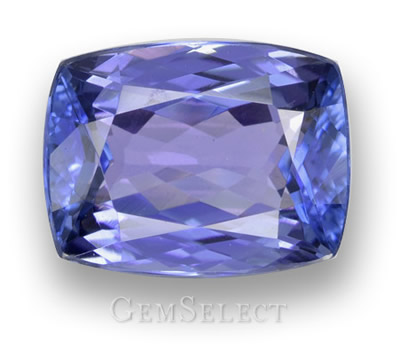The History of Birthstones
 The history of birthstones is a journey that intertwines culture, mythology, and personal significance. These gemstones, each associated with a specific month, have long been believed to bring luck, protection, and healing to those born under their respective signs. The origins of birthstones can be traced back to ancient civilizations; scholars trace it back to the Breastplate of Aaron that was described in the book of Exodus in the Bible. The Breastplate was a religious garment set with twelve gemstones that represented the twelve tribes of Israel. The gems were set in four rows of three: Sardius, topaz and carbuncle; emerald, sapphire and diamond; ligure, agate and amethyst; and beryl, onyx and jasper.
The history of birthstones is a journey that intertwines culture, mythology, and personal significance. These gemstones, each associated with a specific month, have long been believed to bring luck, protection, and healing to those born under their respective signs. The origins of birthstones can be traced back to ancient civilizations; scholars trace it back to the Breastplate of Aaron that was described in the book of Exodus in the Bible. The Breastplate was a religious garment set with twelve gemstones that represented the twelve tribes of Israel. The gems were set in four rows of three: Sardius, topaz and carbuncle; emerald, sapphire and diamond; ligure, agate and amethyst; and beryl, onyx and jasper.
So how did we get from gemstones representing the twelve tribes of Israel to birthstones? The writings of Flavius Josephus (1st century AD) and St. Jerome (5th century AD) established a connection between the 12 stones in the Breastplate and the 12 signs of the zodiac, leading to the concept of birthstone zodiac gemstones. It was proposed that each of these gemstones possessed special powers linked to their corresponding astrological sign, suggesting that wearing these stones at the appropriate times could provide therapeutic or talismanic benefits. Shop birthstones by month.
This concept differs from our contemporary understanding of birthstones. According to this astrological framework, individuals were advised to possess a set of 12 distinct gemstones linked to the zodiac signs and wear the appropriate gemstone during the dominance of the corresponding sign. This practice resembles the Vedic astrological tradition in India, where 9 gemstones are associated with 9 planets, and specific gems are recommended based on an individual's health condition and life obstacles.
The idea of each person always wearing a gemstone corresponding to the month of their birth is a distinctly modern idea that scholars trace to 18th century Poland, with the arrival of Jewish gem traders to the region. Yet the modern list of birthstones was not defined until 1912, by the National Association of Jewelers (Jewelers of America) in the USA.
The modern birthstone list has been unchanged since 1912. Only recently have we seen two attempts to change it, both curiously associated with the gemstone tanzanite. In 2002 the American Gem Trade Association (AGTA) announced that they had added tanzanite as a birthstone for December, though December already had two birthstones (turquoise and zircon). The Jewelers of America went along with the idea and provided this sound bite for the AGTA press releases: "JA sees the addition of tanzanite for December as a way to build business. Any step that helps retailers sell more jewelry is a good one." The world had clearly come a long way from the purported magical powers of astrological gemstones.

In February 2006, TanzaniteOne Ltd., the aspiring tanzanite cartel, announced a marketing strategy to make tanzanite a birthstone. TanzaniteOne wasn't content for tanzanite to be merely another birthstone. They wanted to go further - they wanted tanzanite to be given on the birth of every child, regardless of the month. With the slogan "Be Born to Tanzanite," they cited rather contrived connections to Masai tribal birth practices. At this point we can safely say that the commercialization of birthstones is complete.

